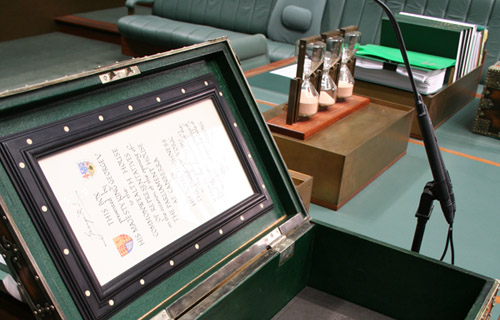
Associate Professor Mark Daniell
In 2018, researchers from CERA and the University of Melbourne won the HealthTech Innovation Challenge for inventing a hydrogel film that will make sight-restoring corneal transplants simpler and more effective.
In corneal transplant surgery, the diseased or damaged section of the cornea (the clear window at the front of the eye) is replaced with healthy donor tissue.
The most common surgery involves cutting all the way through the cornea to remove the affected area, but a newer technique replaces only the back layer (the endothelium) leaving the front sections intact.
While this latter procedure generally has better results and a quicker recovery time, it’s more challenging for surgeons to perform.
The fragile endothelium is easily damaged and is difficult to insert into the eye as it rolls up into a scroll during transfer.
The invention of the hydrogel film – CorGel – overcomes these challenges by helping the donated tissue unfold without the need for excessive handling from the surgeon.
“CorGel will make corneal surgery safer, quicker and better,” says Associate Professor Mark Daniell, Principal Investigator in Corneal Research at CERA.
The team are now looking to translate their research into a commercial product, and they have secured industry backing to help them make the leap.
“The Eversight partnership will help us develop the product, as well as investigate the regulatory and financial feasibility of bringing this innovative research to the clinic to help our patients,” says Associate Professor Daniell.







